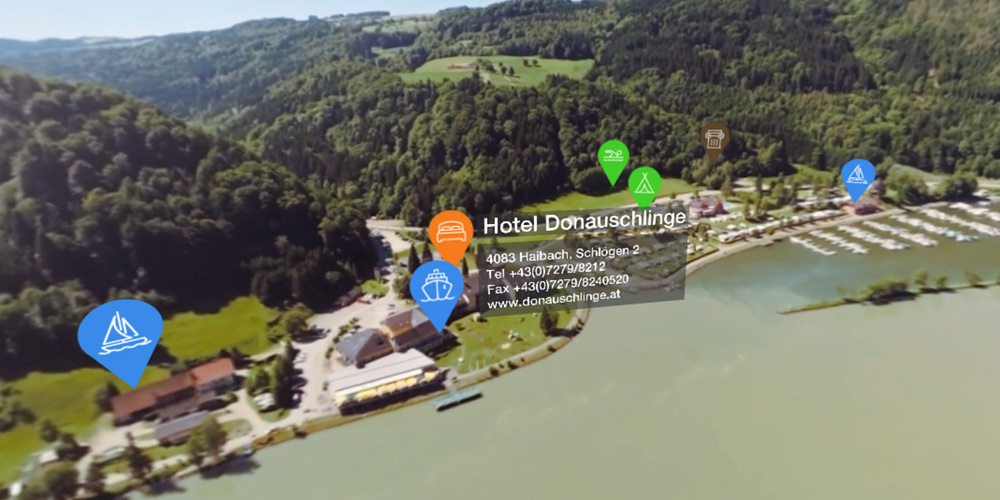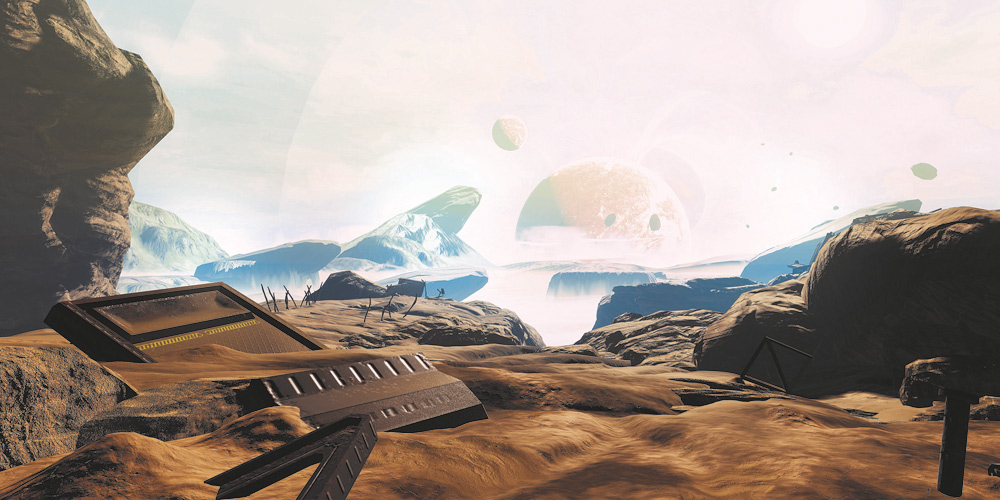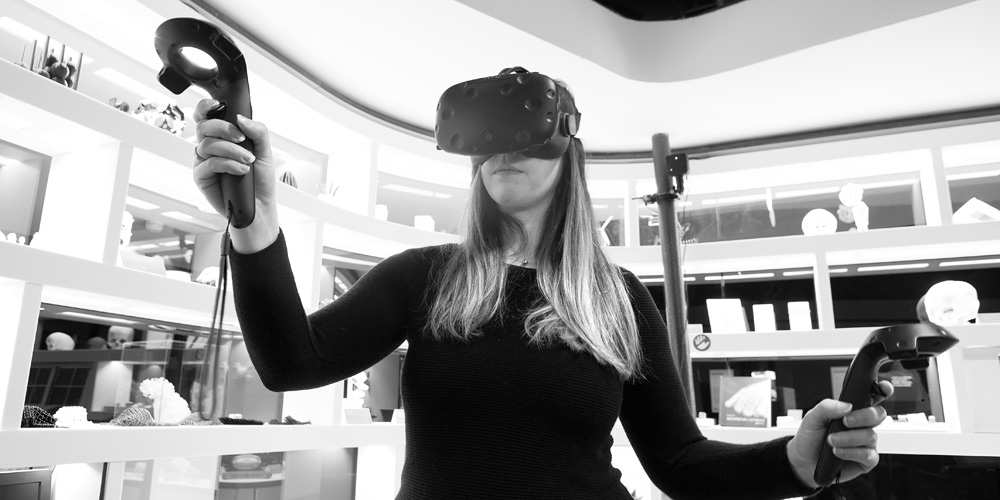
Credit: Ars Electronica Center
Ars Electronica (AT)
Virtual reality, augmented reality and mixed reality, total immersion in virtual worlds and superimposing data onto our reality—for several years now, everybody has been talking up these concepts and ideas once again.
The enthusiasm that accompanied the dawn of this new high-tech age in the 1980s and 90s is back, with the technology deployed in today’s data glasses (head-mounted displays) finally seeming to be able to live up to the visions that preceded it. VR, AR and MR have become a playground of multifarious pursuits: the gaming sector and film industry, applications in the educational field and tourism market, works of art and architecture, the creative economy, performance and the theater.
The VRLab in the Ars Electronica Center’s Main Gallery showcases the latest VR, AR and MR technologies. In addition to applications by filmmakers and animators as well as artistic approaches, the VRLab relates the history of virtual and augmented reality’s development. What did eighteenth-century spatial illusions look like, how did we progress from the stereoscope to the Oculus Rift, and in which directions will VR and AR be advancing in days to come? The VRLab provides insights into these questions.
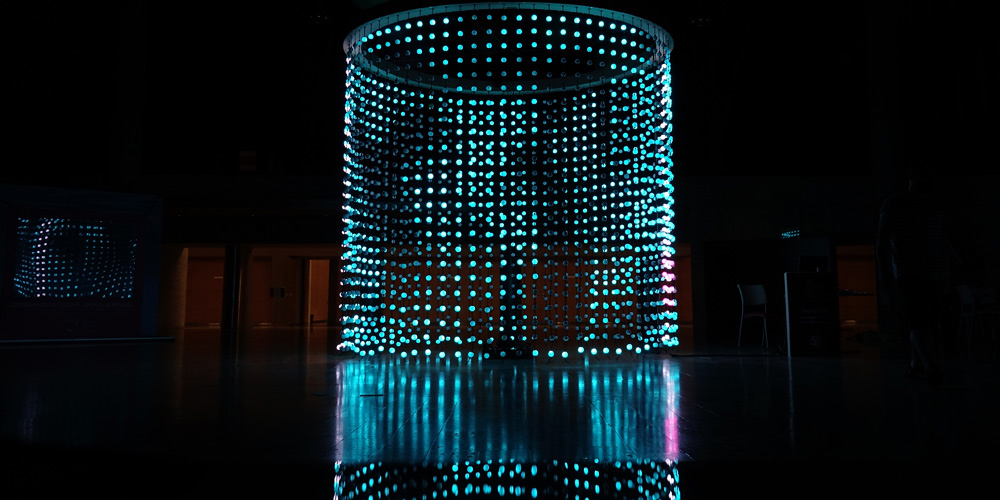
Since the first industrial revolution, automation has been one of the primary instruments of increasing productivity, that is replacing human workforce with task-performing machines. The thermo-mechanical models of the early industrial age have now evolved by into more complex electro-computational networks, where scripted interactions are staking out an ever-growing number of domains and specialist fields.
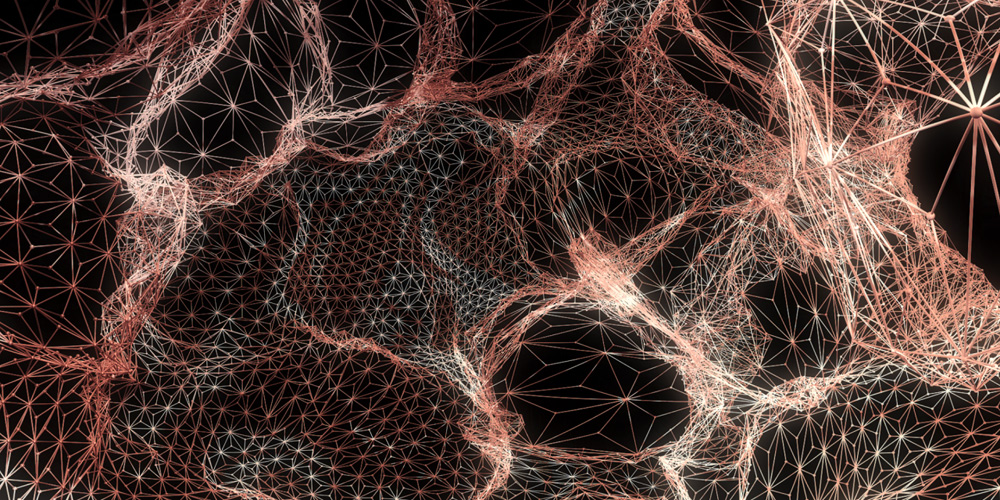
Morphogenesis is the biological process that causes an organism to develop its shape. As a virtual-reality piece, Morphogenesis consists of continuous transformation of fundamental geometrical patterns and uses them as the building blocks of immersive spaces. It embodies the systems that produce the complexity we encounter in the living world.
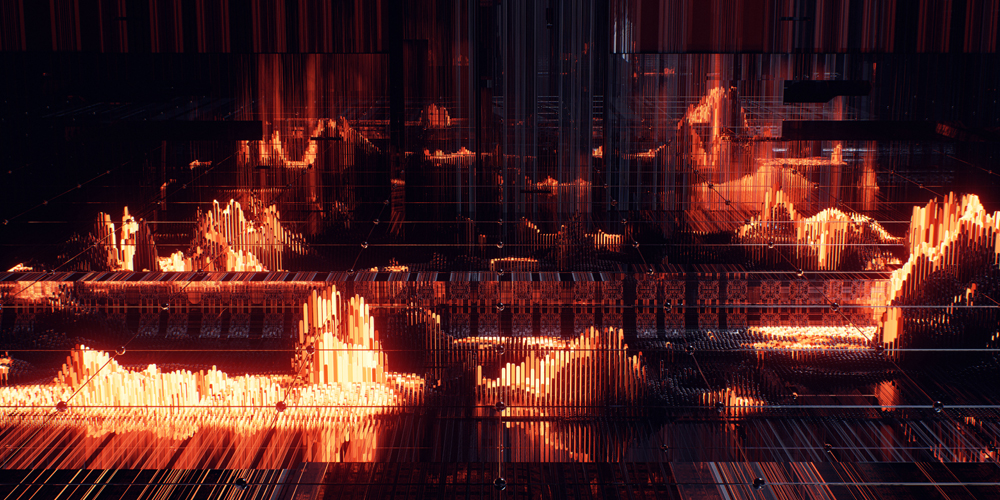
Based on the Oscar short-listed Participant Media documentary Zero Days, Scatter’s award-winning, immersive documentary Zero Days VR visualizes the story of Stuxnet in a new way: placing you inside the invisible world of computer viruses, experiencing the high stakes of cyber warfare at a human scale.
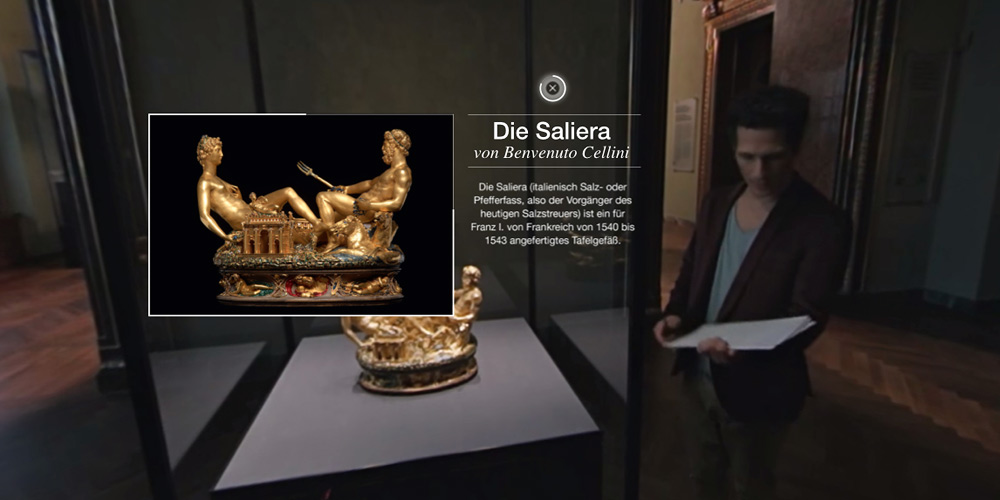
Österreich Werbung has used HTC Vive technology to develop an interactive virtual-reality tour of Vienna’s Kunsthistorisches Museum. This project is one of Europe’s first virtual-reality documentaries with user-determined storytelling, and superbly demonstrates the possibilities of interactive video documentary in virtual reality.
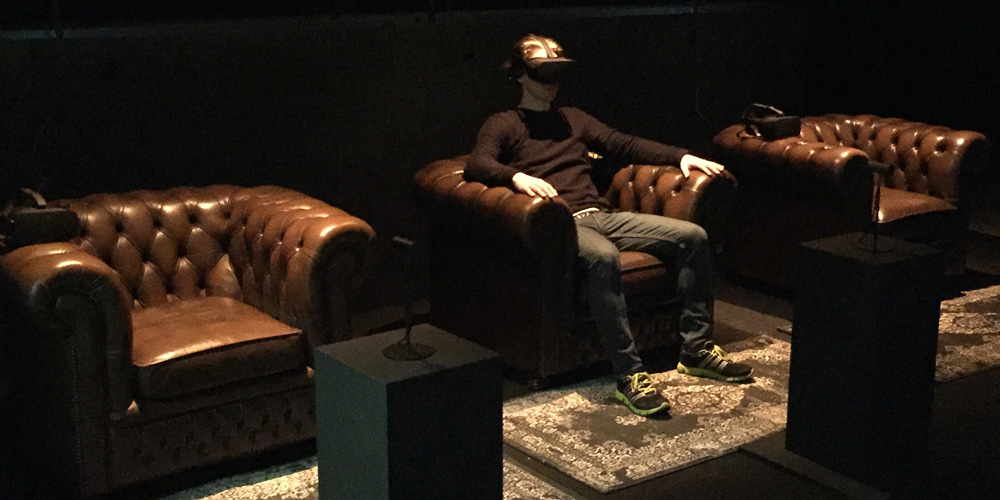
Fight is a virtual-reality artwork in which the viewer’s two eyes are presented with radically different images, resulting in a phenomenon known as binocular rivalry. Presented with rival signals, the conscious mind “sees” a patchwork of the two images. The nature of these irregularities and instabilities depends on the viewer’s physiology.

